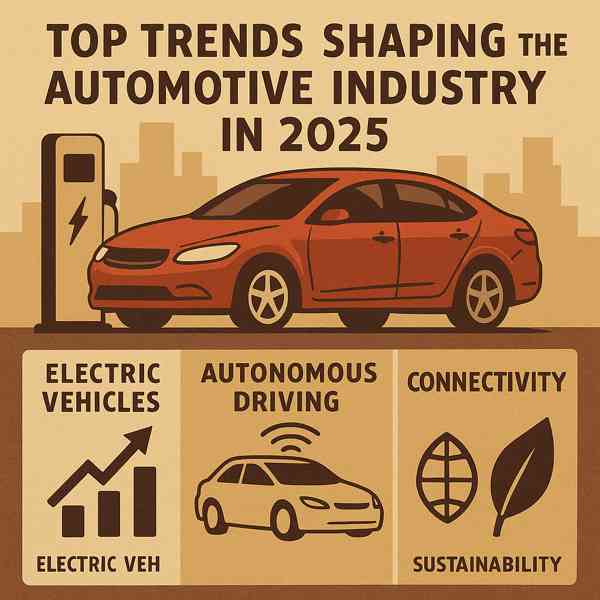Exploring Electric Vehicles: Benefits, Challenges, and Innovations
Exploring Electric Vehicles: Benefits, Challenges, and Innovations
Blog Article

Electric vehicles (EVs) are reshaping the way we think about transportation.
From compact cars and SUVs to trucks and motorcycles, EVs are available in more models than ever.
The Basics of Electric Vehicles
Unlike gasoline-powered cars, EVs produce zero tailpipe emissions.
What powers EVs:
- Electric motor
- Usually lithium-ion or solid-state
- Manages energy flow from battery to motor
- Charging system
Electric vehicles come in various types, such as plug-in hybrids (PHEVs)—each with different levels of electrification.
Benefits of Electric Vehicles
The rise of electric vehicles is fueled by their positive environmental impact.
Major benefits include:
- Electricity is cheaper than gas
- Helps fight climate change
- Quiet and smooth ride
- Financial perks for EV buyers
For eco-conscious and cost-aware drivers, electric vehicles are an increasingly forward-thinking choice.
Challenges of Electric Vehicles
Despite the growing popularity of EVs, they still face some barriers that buyers should consider.
EV challenges to consider:
- Limited driving range
- Not all areas have adequate public chargers
- Though often offset by long-term savings
- Replacement can be costly without warranty
As technology advances and infrastructure improves, many of these read more challenges are becoming less significant.
Exploring EV Variants
EVs vary by power source, range, and usage.
Main types of EVs include:
- Battery Electric Vehicles (BEVs)
- Plug-in Hybrid Electric Vehicles (PHEVs)
- Combines electric and gas power but cannot plug in
- Fuel Cell Electric Vehicles (FCEVs)
Each type has its pros and cons, so buyers should understand the differences.
How to Charge Your EV
Charging an electric vehicle is convenient once you understand your options.
Main EV charging options include:
- Slow but accessible anywhere
- Faster and ideal for daily use
- Can charge 80% in under an hour
- Charging without cables
As public charging networks expand, EV owners will enjoy even more accessibility and peace of mind.
What’s Next for EVs?
Electric vehicles are here to stay.
Where EVs are going:
- Higher energy density and faster charging
- Vehicle-to-grid (V2G) integration
- The future of hands-free travel
- More choices at lower prices
As innovation continues, EVs will become more mainstream and essential.
Conclusion
With growing demand and continuous improvement, EVs are becoming a smart option for more drivers every day.
From environmental benefits to cutting-edge tech, electric vehicles offer a powerful alternative to traditional cars.
Report this page